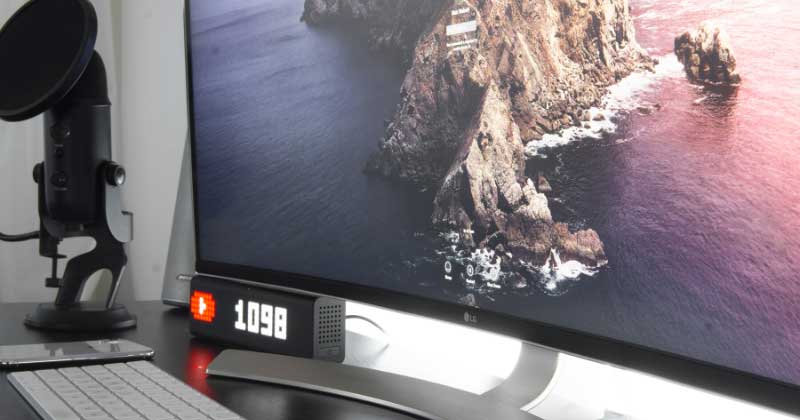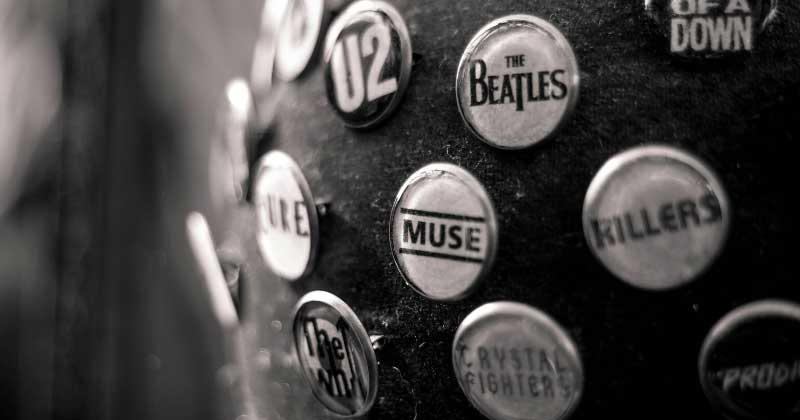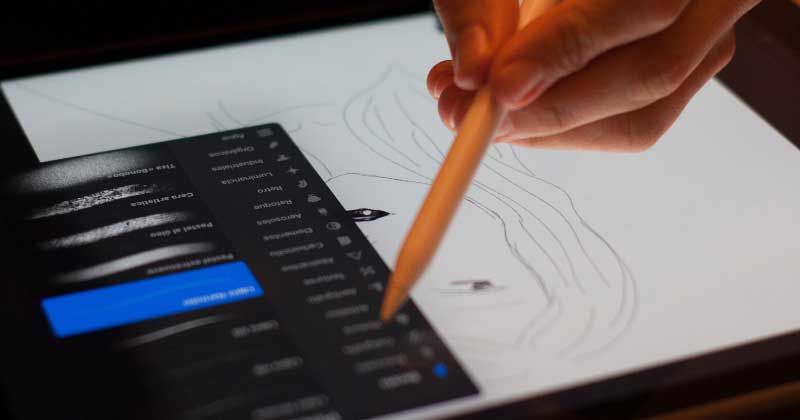
Digital Basics: What Is Image Resolution
Here’s a quick piece of trivia: there’s a soft estimate of 657 billion images readily available on the internet. Intense, right? That’s a lot of images!
If you have an interest in image editing, though, you’ll be sad to know that a lot of these images have poor resolution. Large images take up a lot of space, which is why a lot of websites tend to mess with your photos’ resolutions when you upload them. Ever wondered why your 5.1 megapixel photos look like they were shot on potatoes when you post them on Facebook? This would be why.
But what is resolution, anyway? Why is it important?
WHAT IS IMAGE RESOLUTION?
Image resolution refers to the details that a digital image contains. Generally speaking, the rule of thumb with image resolutions is that the higher it is, the more detail an image holds. There’s a lot of technical details involved with resolutions, however, though we’ll not delve too deeply into them (for now).
There are five types of image resolution commonly used in image editing, though for the purposes of digital marketing, one can focus on just two. There’s pixel resolution, spatial resolution, spectral resolution, temporal resolution, and radiometric resolution. Of the five, pixel resolution and spatial resolution are what people usually mean when referring to image resolution.
PIXEL RESOLUTION
Pixel resolution refers to the number of pixels an image has. These are the pixels that are on display on a screen. The higher an image’s pixel resolution, the more space on a screen it takes up. Similarly, the lower the pixel resolution, the lesser the space it takes up. Pixel resolution is also important for hard copy publishing like printing, as the number of pixels per physical inch informs a printer on what size it should be printing the image.
SPATIAL RESOLUTION
Meanwhile, spatial resolution, in general terms, refers to the clarity of an image. This isn’t quite the accurate definition of spatial resolution, as there is a lot of technical information involved, but the gist of it is that spatial resolution indicates whether or not elements in an image are clearly defined.
For example, a blurry photo may have higher pixel resolution but have poor spatial resolution, which is usually what happens when a digital camera takes an unfocused photo. Sharper images, on the other hand, can have lower pixel resolution but have good spatial resolution; this is usually the case for a lot of web images, as they have low pixel resolution but display their content clearly.
PIXEL VS SPATIAL: WHICH IS WHICH?
When people talk about image resolution, they usually refer to a mix of these two; in fact, they can sometimes be inextricable from each other even among professionals in the field. Don’t worry about it, though! Unless you plan on getting into highly specialized fields of image editing and manipulation, this mix-and-matching is perfectly acceptable.
IN SUMMARY
There’s a goldmine of information to be learned about image editing, particularly where image resolution is involved. But for casual enthusiasts, there are two key points that need to be remembered – pixel resolution and spatial resolution – which are usually interchangeable when the topic of image resolution comes up in conversation.
Did you find this article interesting? Would you like to see more of it? Let us know in the comments!




